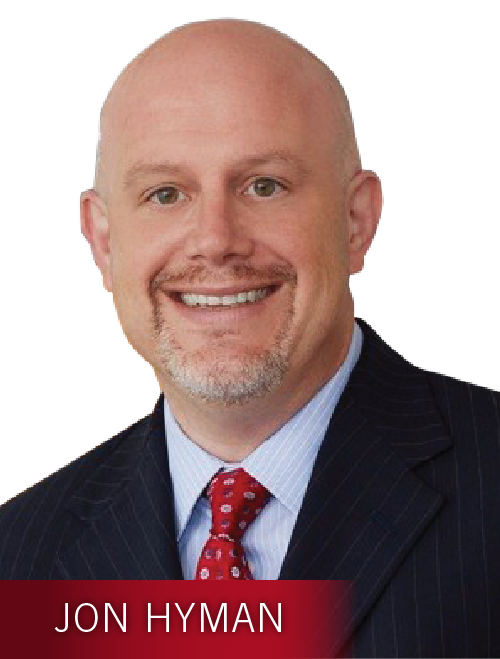When faced with increasing employee health care cost, budgetary pressures and pending renewal deadlines, it is all too common for employers to make reactionary decisions about their employee benefits program.
Given the integral role that benefits programs play in attracting and retaining top talent and their position as one of a company’s largest expenses, does it make sense that benefit program decisions are often short-term fixes that don’t align with a company’s strategic initiatives and employee brand?
Employers that invest time in advance to take a thoughtful, strategic approach to benefit planning reap the value of having a framework upon which to base future decisions, a program that is integrated with overall business objectives, and clear metrics to evaluate progress and success. In addition, by creating goals and guiding principles, they enable their benefits consultant to more successfully suggest new approaches that are tailored to the company’s specific needs and will better align with corporate goals in the long term.
Best practices of employee benefit strategic planning include:
- Assess the current state of the benefit plan, major challenges and the rationale behind existing offerings. Employers often have benefit offerings in place that are vestiges from decisions made years ago that are no longer relevant to the current environment and employee population. Organizations should evaluate their plans with fresh eyes to assess whether the current offerings are still relevant. If not, consider what changes could be made to align the plans with employee needs and company goals. Benchmark data is invaluable during this process to help the organization understand how its offerings compare to others in the same industry, region or talent market.
- Define the company’s reasons for offering benefits. Employers offer benefits for a variety of reasons, including the attraction and retention of talent, ensuring that employees have access to health care and robust benefit offerings, and complying with regulatory requirements. A company that offers benefits to establish itself as an employer of choice in a competitive labor market should structure its benefit offering differently than one that offers benefits only to meet mandatory regulatory requirements.
- Create a 3- to 5-year strategic plan for benefits that aligns with the overall corporate strategy. Benefits are an increasingly large budgetary consideration, so benefit program decisions should not be made in a vacuum by a few individuals that are not connected to the organization’s financial planning. Because benefit costs often impact the entire organization’s financial and strategic goals, company leadership and key decision-makers should actively participate in the planning process.
- Establish benefit plan guiding principles upon which the organization will base future decisions. Does the organization desire to be an industry leader in offering a robust benefit plan? Are there set metrics about what percentage of benefits the employer wants to pay for an employee’s benefits or those of their family members? Does the company believe in offering a variety of plans to provide employee choice? By establishing clear guidelines as part of a thoughtful strategic process, future plan decisions are much more likely to align with company goals and have the support of company leadership.
- Establish a one-year action plan that moves the organization along the path to achieve forward-looking long-term goals. Rather than making ad hoc decisions, create an action plan and calendar that establishes objectives and actions that align with the longer-term business goals. For example, if the company intends to introduce a high-deductible health plan in two years, the company can create their employee communication and education plan for that offering.
- Define success metrics and celebrate successes through the year. Without appropriate procedures in place, it is easy to get caught up in daily responsibilities and concerns at the expense of driving toward desired long-term results. By establishing evaluation criteria for the benefit plan and reviewing progress at several pre-determined times throughout the year, a team is more likely to achieve goals and also to feel a sense of accomplishment and satisfaction for reaching those milestones. As the benefit program meets and exceeds goals, take the opportunity to celebrate those successes to keep the team motivated toward long-term objectives.
- Repeat the strategic planning process each year. A strategic plan should be a living outline that evolves with the organization. In future years, the plan should be revisited and updated to recognize progress toward goals and set new objectives, as appropriate.
Suzannah Gill is a benefits strategy consultant at employee benefits insurance brokerage and consulting firm Epic. Rosemary Hughes is a senior consultant and principal at Epic. Comment below or email editors@workforce.com. Follow Workforce on Twitter at @workforcenews.














